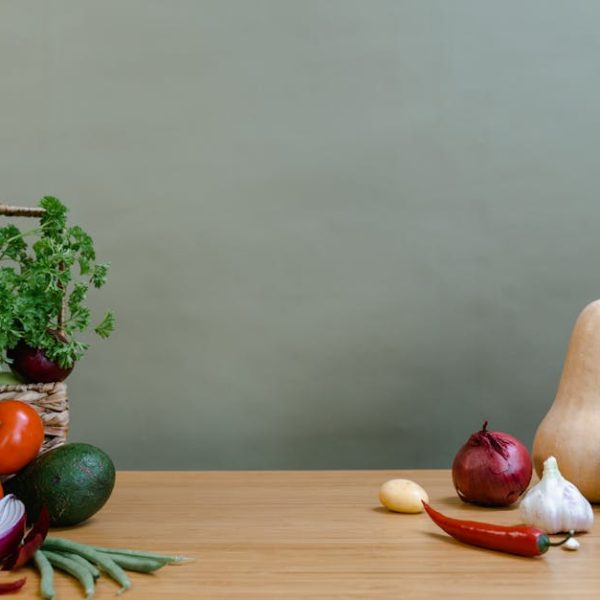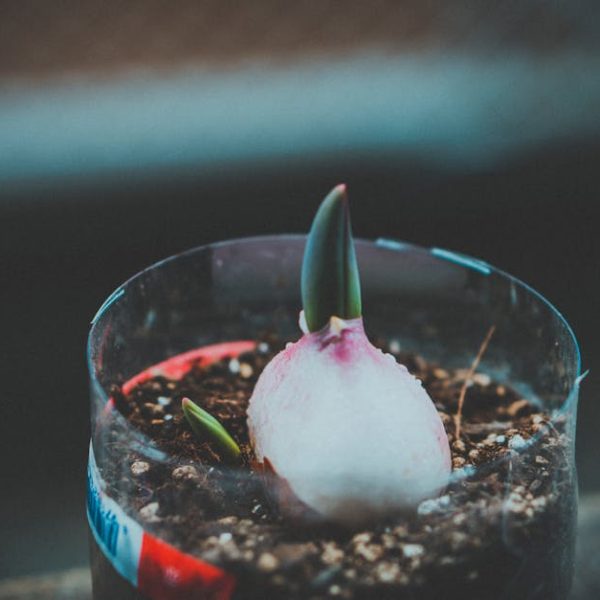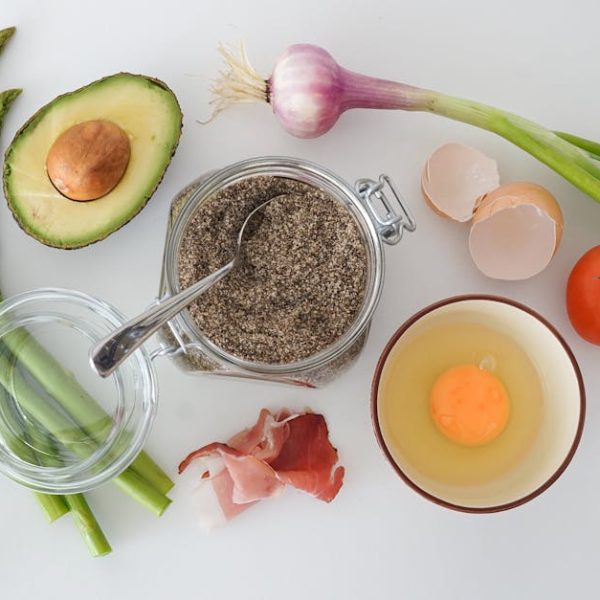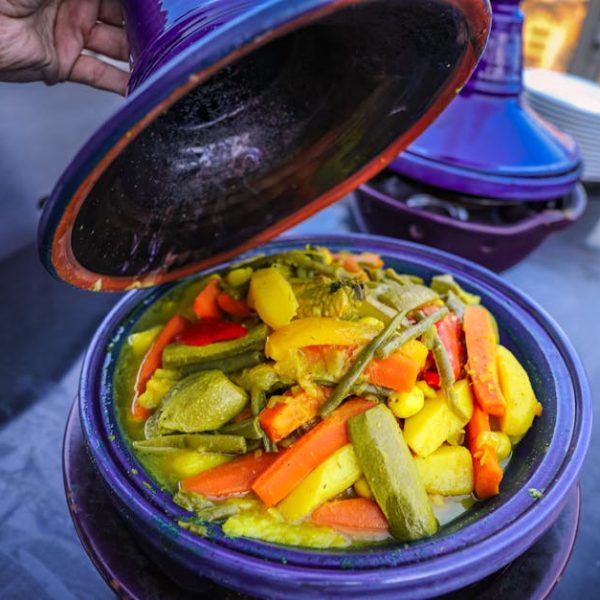Have you ever gotten excited about your avocado toast, only to slice open your avocado and find it overripe or underripe? It’s a situation avocado lovers know all too well. But fear not, this ultimate guide will help you perfect your avocado selection, featuring a detailed analysis of the fruit’s ripening stages and best practices for discerning an avocado’s ripeness.
Understanding the Stages of Avocado Ripeness
To master the art of choosing the perfect avocado, it’s crucial to understand the stages of avocado ripening. Just like humans, avocados have life stages – each characterized by specific traits. In its early life, an avocado is hard and bright green. As it ages, it grows darker in color and squishier in feel. These metamorphic changes chart the journey to full ripeness.
Here is a snapshot of the ripening stages:
- Unripe: The avocados are bright green and hard to the touch.
- Firmly Ripe: The avocados gain a darker hue and yield slightly when squeezed gently.
- Perfectly Ripe: Perfectly ripe avocados are dark green, almost black, and yield easily to gentle pressure. They’re ideal for all your cooking needs.
- Overripe: Overripe avocados may appear shriveled or feel mushy and should generally be avoided.
Physical Indications of a Ripe Avocado
Physical checks are the simplest way to gauge an avocado’s ripeness, providing clues about the fruit’s maturation state. An avocado’s color, for one, darkens as it matures – a helpful hallmark of ripeness. The fruit’s texture also changes with age, transitioning from hard to yielding. Felt by gentle pressure, this softness signals ripeness.
Pro Tip : Gently squeeze the avocado in the palm of your hand. Steer clear of finger pressing as it may cause bruising. A ripe avocado will yield to firm but gentle pressure but not feel squishy.
Honing this selection strategy can elevate your avocado game. Start with slightly unripe avocados for home ripening to avoid damage associated with transport or handling of ripe fruits.
The Stem Test For Avocado Ripeness
The stem test offers another reliable measure of avocado maturity. This method requires the removal of the small stem or cap at the top of the fruit to observe the color underneath. The color beneath the stem can signal the fruit’s ripeness status.
Here is a color-coded assessment guide based on the stem test:
- Green: The fruit is ripe and ready to eat.
- Brown: The fruit is overripe and likely has brown patches inside.
- A stem that’s hard to remove: The fruit is underripe and needs more time to mature.
To execute the stem test:
1. Grip the small stem at the top of the avocado.
2. Gently try to pull it. If it comes off easily, check the color underneath.
3. Observe the color – green indicates ripeness, brown denotes overripeness, and difficulty removing the stem signifies underripeness.
Stay tuned for a discussion on alternative checking methods and how to preserve avocado freshness after ripening. Remember, practice makes perfect in mastering these tests. Plus, getting the ripe avocado is always worth the effort.
Other Methods to Check Avocado Ripeness
Several unconventional methods can also be used to gauge an avocado’s ripeness. Some avocado aficionados swear by the shake test – if you give the avocado a little shake and hear or feel the pit moving, that suggests overripeness. However, these methods may be less reliable compared to the preceding physical check and stem test, and they require a little more experience to master.
Here is a quick rundown of their pros and cons:
- Shake Test:
- Pros: Quick and requires no physical harm to the avocado.
- Cons: Difficult to distinguish between ripe and overripe, may yield false positives.
Remember, these methods are just alternatives and may work best when used in conjunction with the squeeze or stem test.
Quick Review:
- Shake test: Shake the avocado and listen for pit movement.
- Float test: Drop the avocado in a bowl of water – ripe ones will sink.
Maintaining Avocado Freshness After Ripening
Are you worried that your perfectly ripened avocado won’t stay that way for long? We’ve got you covered! The duration of your avocado’s freshness can be extended by using mindful storage methods and clever kitchen hacks.
Pro Tip : Store your ripe avocados in the fridge. The lowered temperature slows further ripening. If you’ve already cut your avocado, try storing it with a red onion. The gases emitted by the onion slows browning, keeping your avocado fresher for longer.
Here are tried-and-true strategies for maintaining that avocado freshness:
- Always store ripe avocados in the fridge to slow down further ripening.
- If your avocado is already sliced, store it with a cut red onion in an airtight container.
- Applying lemon juice can also prevent your cut avocado from turning brown.
Making these strategies a regular part of your avocado routine will make sure you’re always ready to whip up that fresh, delicious avocado toast. So, no more disappointment the next time you slice open an avocado. Enjoy the perfectly ripe and fresh fruit every time with these useful tips. Avocado aficionados unite!
Key Takeaway:
- Understanding the stages of avocado ripeness helps in choosing the perfect avocado. From unripe, firmly ripe, perfectly ripe to overripe, each stage has distinct physical characteristics.
- The color, texture, and firmness of avocados can indicate their ripeness. A gentle squeeze test is a simple and effective way to judge this.
- The stem test, where the small stem or cap on top of the fruit is removed to check the underneath color, is another reliable measure of avocado ripeness.
- While alternative methods like the shake test do exist, they may be less reliable and require more experience to master.
- Once ripe, avocados can be stored in the fridge to slow down further ripening. Storing cut avocados with a red onion or applying lemon juice can also prevent browning and keep the fruit fresh for a longer duration.
Choosing the perfect avocado need not be a gamble anymore. With the knowledge of ripening stages, refining the eye for color and softness, and practicing the stem test, you can pick the perfect avocado each time, ensuring an amazing culinary experience.
FAQs
Q: Is there a specific time or season when avocados are at their ripest?
A: While avocados are available year-round, their peak season is typically in the spring and summer months. However, the ripeness of an avocado depends more on its individual maturation stages rather than the season.
Q: If I accidentally bought an overripe avocado, can I still utilize it?
A: Yes, overripe avocados can still be used for recipes that don’t require a specific texture, like in smoothies or as a base for a sauce.
Q: I have several avocados at home, is there a way I can slow down their ripening process if I don’t plan to use them soon?
A: Yes, you can slow down the ripening process of avocados by storing them in the refrigerator. The cool temperature significantly reduces their ripening speed.
Q: Can an underripe avocado be forced to ripen faster?
A: Yes, you can speed up the ripening process of an avocado by storing it in a brown paper bag with a banana or an apple. The ethylene gas emitted by these fruits will naturally speed up the avocado’s ripening process.
Q: What type of avocados is more beneficial for health?
A: All types of avocados are nutritious, packed with fiber, healthy fats, and vitamins. No matter the variety, including avocados in your diet can offer numerous health benefits.
Share this ultimate guide with your friends and learn more about the exciting world of avocados together. Explore more informative posts on our website to enhance your culinary expertise.





